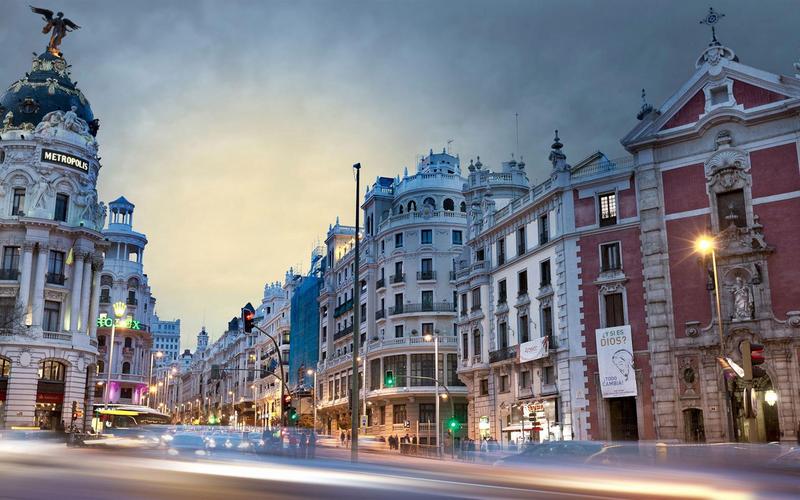Madrid La Latina
The La Latina district we are all too familiar with! La Latina and Lavapies are places many Chinese students are very familiar with. This might be the first stop for many of us arriving in Spain, and it seems to have become an exclusive community for Chinese people: affordable Chinese-owned dollar stores, familiar and friendly Chinese restaurants... This is thanks to the unique multicultural heritage and inclusiveness of this area.
Barcelona Sants
The gentrification process in Barcelona seems not to have changed the rebellious character of this neighborhood. Although many people have been driven out of their former homes or workshops, the imprint of the old neighborhood remains: La Tere restaurant has made it into the food guides, and Plaça Osca square has become a new activity center.
San Sebastián Gros
San Sebastián's old town (Parte Vieja) is full of places where you can drink and enjoy skewers, but why do locals prefer the Gros district? The reason is simple: as one of Spain's tourist cities, San Sebastián's old town has become a 'new town' for tourists, and some things inevitably lose the old town's flavor. To truly experience the authentic taste of Spanish pintxopote, locals still come to Gros.
Valencia Cabanyal
The Cabanyal neighborhood in Valencia is legendary in this city. Due to its proximity to the sea, there are many fishermen's residential areas here. However, the government later planned to demolish this residential area to extend Blasco Ibanez Avenue directly to the sea. In the end, due to the joint opposition of local residents and the grassroots organization Salvem el Cabanyal, the government had to abandon the plan. This neighborhood can be considered Spain's 'most stubborn holdout'!
Malaga Lagunillas
The thriving of the Lagunillas neighborhood is entirely due to the economic crisis! Because of the economic crisis, all the beautiful blueprints the government had drawn for this declining community seemed to vanish, and the residents themselves took up the brush, miraculously painting the community with a different kind of brilliance: they spontaneously raised funds to renovate a large number of dilapidated houses, attracting many urban artists to graffiti and paint on these buildings—Gypsy troubadours, women selling handmade combs... these folk characters have become the new guardians of the neighborhood!
Cuenca El Castillo
The most distinctive feature of the El Castillo neighborhood is its height! It's really high, the kind of high that requires climbing! Previously, this neighborhood was home to the poor, and tourists generally only chose to park here... Is it because of the high altitude that cars are less likely to be stolen?















